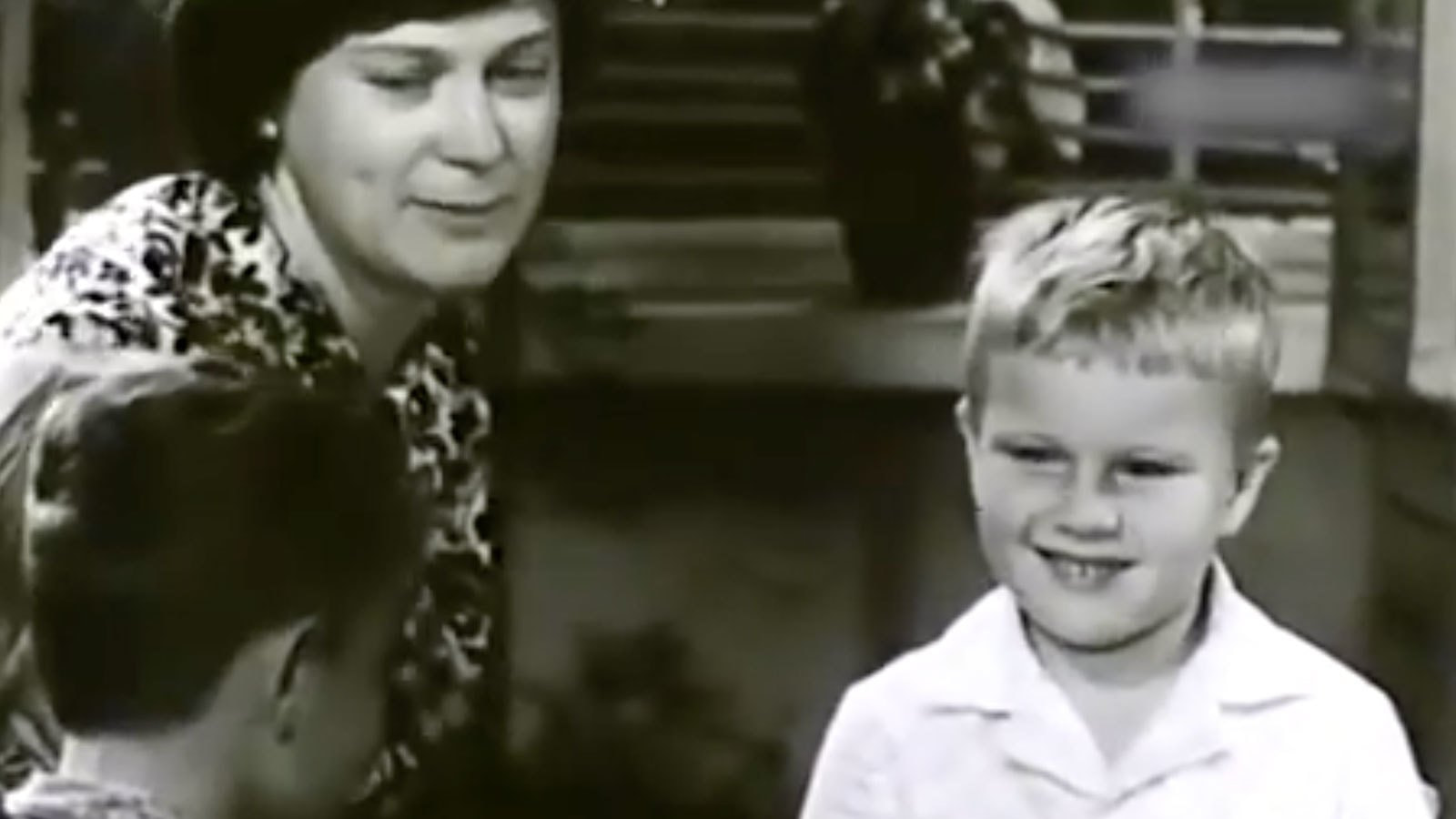Sekretiki No. 20. Conformism Test
The popular science film Me and the Others by Feliks Sobolev was a rare attempt within official Soviet culture to tackle the question of conformism, the tendency uncritically or habitually to adopt the attitudes, behavior or conventions of the social group to which one belongs. The film consists of several experiments in social psychology. Documented with a hidden camera, they illustrate the individual’s decision-making process when there is a contradiction between personal observations and the assertions of the group. With ten colleagues maintaining that the two objects on the table are white, it’s hard to say the opposite. The hypnotizing mantra of “Both are white,” recited in the film by participants in the experiment, became a colloquial idiom to describe the habit of not questioning obvious lies or absurdities that were part of Soviet everyday life.
How to relate to one’s own (in)sanity under the conformist pressure of “common sense” was a concern for many in the social circles of unofficial culture. As was the issue of who to entrust with the secret of seeing things differently and how to maintain such a circle of confidants, despite the shared enjoyment of madness. To be one of ours meant a readiness to outpace the official system by becoming collective masters of even greater absurdity, but such a circle of partners-in- crime also demanded concern for each other and an autonomous system of social bonding.
